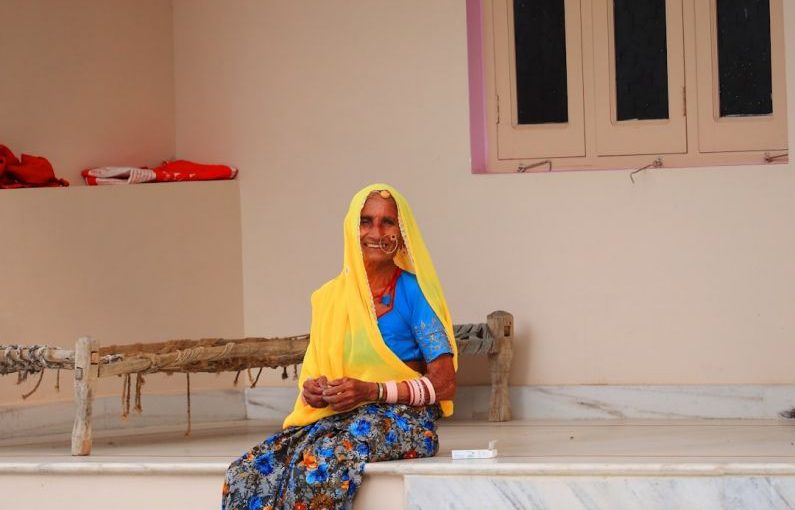The sari, a traditional Indian garment, holds a deep cultural significance within the country. It is not merely a piece of fabric but a symbol of grace, tradition, and heritage that has been woven into the cultural fabric of India for centuries. From rural villages to bustling cities, the sari is worn by women of all ages and backgrounds, transcending social and economic boundaries. Let’s delve into the intricate cultural significance of the sari in India.
The History and Evolution of the Sari
The sari has a rich history that dates back thousands of years. Originating from the Indian subcontinent, the sari has evolved over time to become one of the most iconic symbols of Indian culture. Historically, the sari was draped by women across different regions of India, with each region having its own unique style and draping technique. The sari has been mentioned in ancient Indian texts and scriptures, highlighting its significance in Indian society.
Symbol of Tradition and Elegance
The sari is more than just a piece of clothing; it is a symbol of tradition and elegance. Wearing a sari is not just about wrapping oneself in fabric but embracing a cultural heritage that has been passed down through generations. The intricate designs, vibrant colors, and luxurious fabrics of the sari reflect the diversity and richness of Indian culture. Whether worn during festivals, weddings, or daily life, the sari exudes a sense of grace and sophistication that is unparalleled.
Empowerment and Identity
For many Indian women, the sari is a symbol of empowerment and identity. It is a garment that transcends societal norms and expectations, allowing women to express themselves freely and confidently. The versatility of the sari allows women to experiment with different styles and draping techniques, showcasing their individuality and personality. In a rapidly changing world, the sari serves as a reminder of the strength and resilience of Indian women, who continue to uphold traditions while embracing modernity.
Regional Diversity and Cultural Significance
India is a land of diverse cultures and traditions, and the sari reflects this diversity. Each region of India has its own unique style of sari, reflecting the local customs, beliefs, and aesthetics. From the vibrant Bandhani saris of Gujarat to the intricate Kanjeevaram saris of Tamil Nadu, each sari tells a story of its origin and the people who wear it. The sari serves as a cultural marker, connecting women to their roots and preserving age-old traditions for future generations.
Fashion and Global Influence
In recent years, the sari has gained popularity not only in India but also on the global fashion scene. Designers and fashion enthusiasts from around the world have been inspired by the beauty and elegance of the sari, incorporating elements of it into their collections. The sari has been reimagined and modernized to appeal to a younger generation while still retaining its traditional charm. Its global influence has helped elevate the status of Indian fashion on the world stage, showcasing the creativity and craftsmanship of Indian artisans.
Celebrating Heritage and Legacy
As India continues to embrace modernity and globalization, the sari remains a steadfast symbol of heritage and legacy. It is a garment that transcends time and trends, embodying the spirit of Indian culture and tradition. By wearing the sari, women not only celebrate their heritage but also pay homage to the generations of women who have worn it before them. The sari is more than just a piece of clothing; it is a living testament to the enduring legacy of Indian craftsmanship and creativity.
In Conclusion
The sari is not just a garment; it is a cultural phenomenon that embodies the essence of Indian heritage and tradition. Its significance goes beyond mere aesthetics, serving as a symbol of empowerment, identity, and resilience for women across India. As the sari continues to evolve and adapt to changing times, its timeless elegance and beauty remain a testament to the enduring legacy of Indian craftsmanship and creativity.





